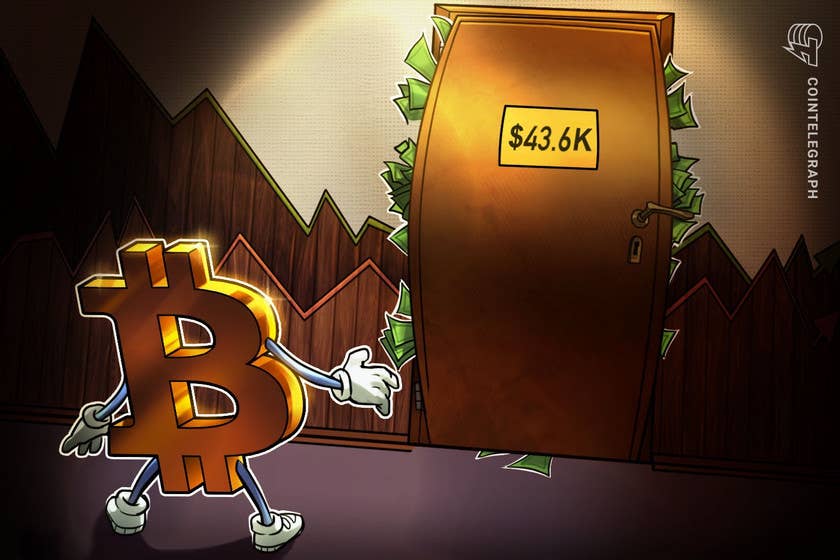Half of Uniswap v3 liquidity providers are losing money: New research
A recent study of Uniswap v3 pools revealed that on average, almost half of the liquidity providers are losing money due to impermanent losses.
2424 Total views
15 Total shares

Recent research shows that impermanent losses have become an increasing issue for liquidity providers on Uniswap v3.
A Nov. 17 report by Topaz Blue and the Bancor Protocol found that 49.5% of liquidity providers on Uniswap v3 have incurred negative returns from impermanent loss (IL).
The report highlighted that Uniswap v3 generates the highest fees of any automated market maker (AMM) today, but IL surpasses those earned fees. The research surmised that hodling may have been a better option for liquidity providers.
“The average liquidity provider (LP) in the Uniswap V3 ecosystem has been financially harmed by their choice of activities and would have been more profitable simply holding their assets.”
Impermanent loss is a phenomenon that occurs to liquidity providers on automated market makers (AMMs) when the spot price of the assets they have added to a liquidity pool changes. Since liquidity providers pair two assets together to form a position, the ratio of coins in the position changes when asset spot prices change.
For example, if a user has supplied equal USD values in USDT and ETH to a liquidity pool and the price of ETH goes up, arbitrageurs will begin to remove ETH from the pool to sell at a higher price. This leads to a decrease in the USD value of the user’s position, otherwise known as an impermanent loss.
In this regard, the report states in no unclear terms that there are inherent risks when providing liquidity to Uniswap V3.
“The user who decides to not provide liquidity can expect to grow the value of their portfolio at a faster rate than one who is actively managing a liquidity position on Uniswap v3.”
The pools that were studied accounted for 43% of all of Uniswap v3’s liquidity at the time of the research. In total, the analyzed pools generated $199 million in fees from $108.5 billion in trading volume from May 5, to Sep. 20, 2021.
During that time frame, those pools suffered $260 million in impermanent losses, resulting in $60 million in net total losses.
Of the 17 pools analyzed, 80% saw IL outweigh the fees earned by liquidity providers. Only three pools of those analyzed (WBTC/USDC, AXS/WETH, and FTM/WETH), saw net positive gains. Some pools marked losses well above 50% such as the MKR/ETH where 74% of users reportedly made a loss.

The study also sought to determine whether active strategies would produce different results than passive strategies. An active user adjusts their positions more frequently than a passive user. While the report expected short-term active traders to outperform passive traders, no correlation could be found between shorter-term positions and higher profits.
Related: How to spot a rug pull in DeFi — 6 tips by Cointelegraph
Out of the major time segments analyzed, those who held longer than a month performed best, as almost all time frames lower than a month still saw IL outpacing earnings.

Flash liquidity providers were the only group that saw no meaningful IL.
The report offers a stark conclusion for users who are considering providing liquidity on Uniswap v3. While it does state that a winning strategy could potentially be formulated, expected returns may be “comparable to the annual rates offered by mainstream commercial banking products.”









